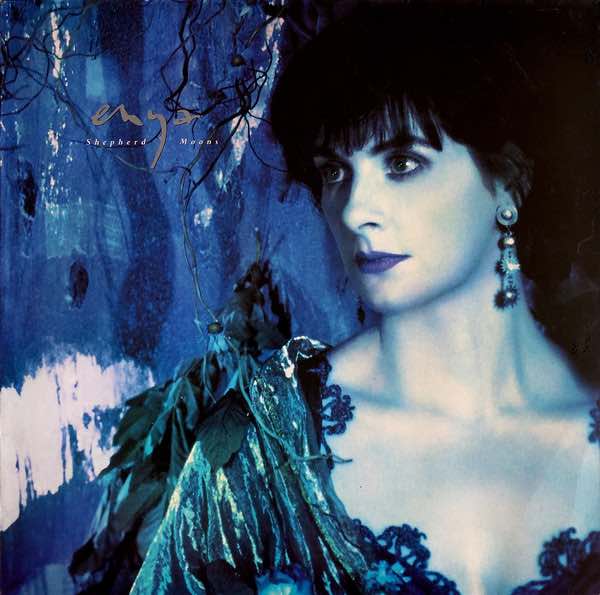Following the huge success of Enya’s second album, Watermark, and its breakthrough single, Orinoco Flow, in 1988, the Irish vocalist and songwriter found herself selling four million records worldwide. Such a winning formula of Celtic-inspired ambient pop was a tough act to follow, but Enya’s third album, Shepherd Moons, emerged as a labour of love, once again mixing lyricist Roma Ryan’s mystic poetry with producer Nicky Ryan’s affection for Beach Boys-inspired harmonies. No doubt aware of the commercial pressures, but also keen to stay true to her artistic vision, Enya had no way of knowing just how successful her follow-up would become. The fate of Shepherd Moons was, however, written in the stars.
Listen to ‘Shepherd Moons’ here
“The world had not known, but all the time they were there, working tirelessly”
After exhaustive work in Dublin’s Aigle and London’s Sarm Studios, it took three years before Enya was finally ready to bless her audience with new music. Caribbean Blue, the lead single from Shepherd Moons, was released in October 1991 and once again charmed listeners eager for more of her idiosyncratic style of New Age Pop. With Enya’s vocals aerating around a dreamy waltz-like rhythm, the single peaked at No.8 in the UK, aided by a colourfully arty music video.
Inspired by the artist Maxfield Parrish, Enya wore long seahorse earrings in the clip and immersed herself in neo-classical imagery. “There were ten artists who had worked three weeks painting every second frame to give this effect of paintings coming alive,” she said. The animation perfectly captured the essence of the song’s message: “The song itself is about a journey through a very beautiful paradise land,” the singer added.




